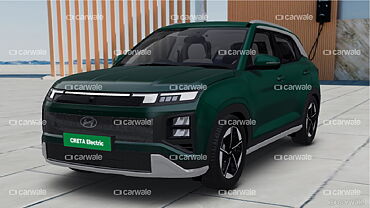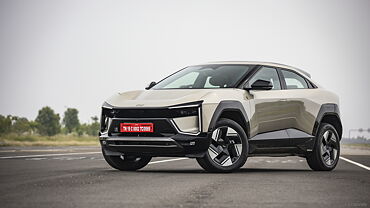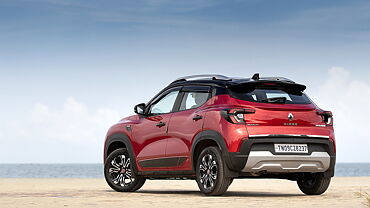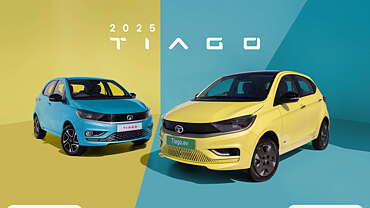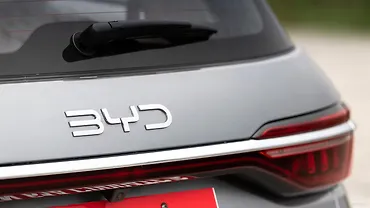
There has been much ado about India becoming a global small car hub. Hyundai is showing the way to other manufacturers by producing its i10 in India and exporting it to markets all over the globe. Everyone has now realised India’s potential and wants a piece of the action, which is fine by me – it’s going to raise employment, and the products will be exported, which will earn us valuable foreign exchange.
There are a few things which keep nagging me about this, though: we’re all gung-ho about the Nano putting India on wheels, and worried that it will clog our streets and pollute our air. That problem is still some way away, however – a decently equipped Nano should cost nearer two lakhs than one, and to the man who is looking at purchasing a two wheeler worth less than 40,000 rupees with three times the fuel efficiency and lower servicing and spares costs, that is a very big financial leap. Today’s news said that banks are considering giving Nano consumers a 7-year loan for the car, which will equate to an EMI of less than two thousand rupees a month! That’s on par with the aforementioned two-wheeler’s projected EMIs for a loan period of two years. Still, I’m not worried – yet.
I WILL begin to worry, however, when there is a second-hand market for the Nano. It is a Tata, which usually means a reasonably lower resale value. A two-year old Tata Nano will actually cost 1lakh or less – commuter-motorcycle levels of prices are only a few years and a couple of thousand kilometers on the odometer away. That’s when I’ll worry not just about congestion, but also about the price of fuel. The recent hike of fuel prices helped to reduce losses incurred by the companies that refine and sell fuel – please note, it did not make them break even or make a profit. They are an essential part of the grand scheme of things in the economy, and as such cannot be shut down; therefore the government is helping them stay afloat. How does it get the money? Taxes. So if there are a million Nanos running around at 20kpl instead of two-wheelers returning 60kpl, the losses that the relevant companies will incur will be huge, and the government will have to either raise the price of fuel by an appreciable amount or tax people more, specifically the car-buying public. The latter may not have too much of an effect, they’ve already got crushing duties and taxes on CBUs that still manage to sell in good numbers, but to the common man every rupee counts. The former is likely to have a much more immediate impact on the person who wants a fuel-efficient vehicle. 20kpl will not cut it any more if fuel costs go into orbit. Also consider that fuel is used by everyone, from the richest businessmen with their S350 diesels to the few farmers who can afford to run a tractor. And that latter group still makes up a chunk of our economy – I’m interested to know if the Nano can help them in any way, since it is such a phenomenon. Nano at half-price to farmers, maybe?
I wonder if the powers-that-be are as worried as I am about the impact small, affordable cars like the Nano are going to have on our natural resources, or if they have a plan to deal with the inevitable. Don’t get me wrong – I’m brimming with pride about the fact that an Indian has managed to silence many critics and return to sobriety those who laughed at the notion of a car that inexpensive. I’m genuinely happy that we’re moving forward – then again, so are lemmings when they jump off cliffs.
